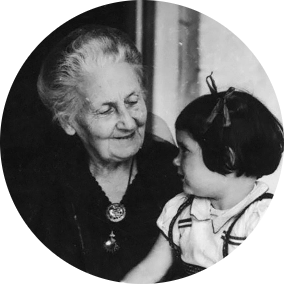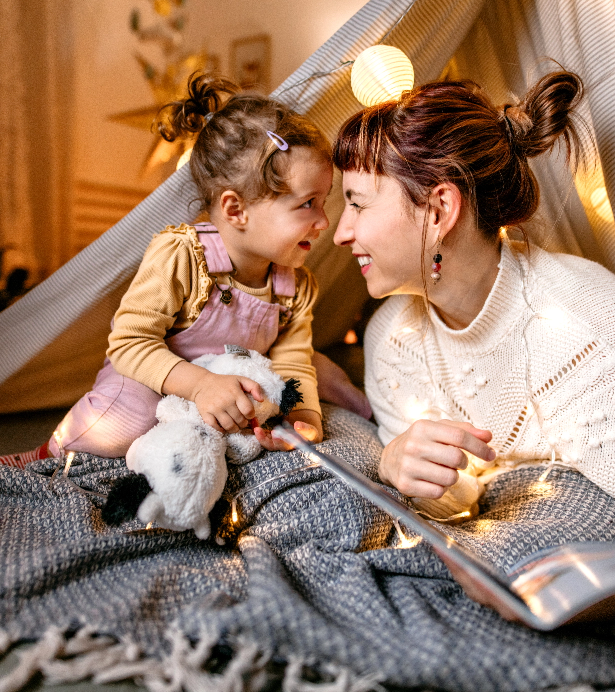
Montessori at Home
The American Montessori Society believes that Montessori principles can thrive at home just as they do in the classroom. Enhance your child’s learning by incorporating Montessori methods into your daily routine. Discover how the Montessori approach can come alive outside the classroom, reinforcing your child’s education in a seamless and engaging way.
You and Your Child’s Montessori
Education: Early Childhood Course
This 6-week course is designed for families like yours who are interested in incorporating the Montessori philosophy into their day-to-day lives and parenting approach. You will receive resources to enhance your child’s education, deepen your Montessori knowledge, and learn how to apply Montessori principles in your home. The course is offered online through the American Montessori Society’s learning platform, AMS Learning.
The Montessori Parent
Explore your role in supporting the family’s Montessori practice at home.
Observe
Watch your child at home without interfering. Assess order and material usage. Adjust the environment to enhance interest and ease of tidying up.
Model, Invite & Practice
Show and practice household tasks together. Young children learn routines by demonstration. Older kids practice with guidance, eventually doing tasks independently.
Engage
Understand your child’s developmental stage and how to support it. Tailor activities to their age group. Click the links below to view/ download handouts that demonstrate a Montessori approach to development based on children’s ages.
Infants & Toddlers (0-3)
Early Childhood (2.5-6)
Elementary (6-12)
Secondary (12-18)
Adapt
Modify the environment to foster success and independence. Involve older children in decisions, offering choices you are comfortable with.
Practice Real-Life Skills
Encourage tasks that promote self-care and community contribution. Young kids can peel veggies and fold clothes. Tweens can sort mail and recycle. Teens can help with repairs and manage bank accounts.
Nurture Inner Motivation
Focus on intrinsic rewards over external ones. Offer encouragement for effort, fostering a lifelong dedication to meaningful work.
The Prepared Environment,
Simplifying Your Home
Encouraging order, independence, and self-motivation is fundamental to the Montessori approach. In school, thoughtfully designed classrooms help students learn to care for themselves and their environment. You can create a similar atmosphere at home.
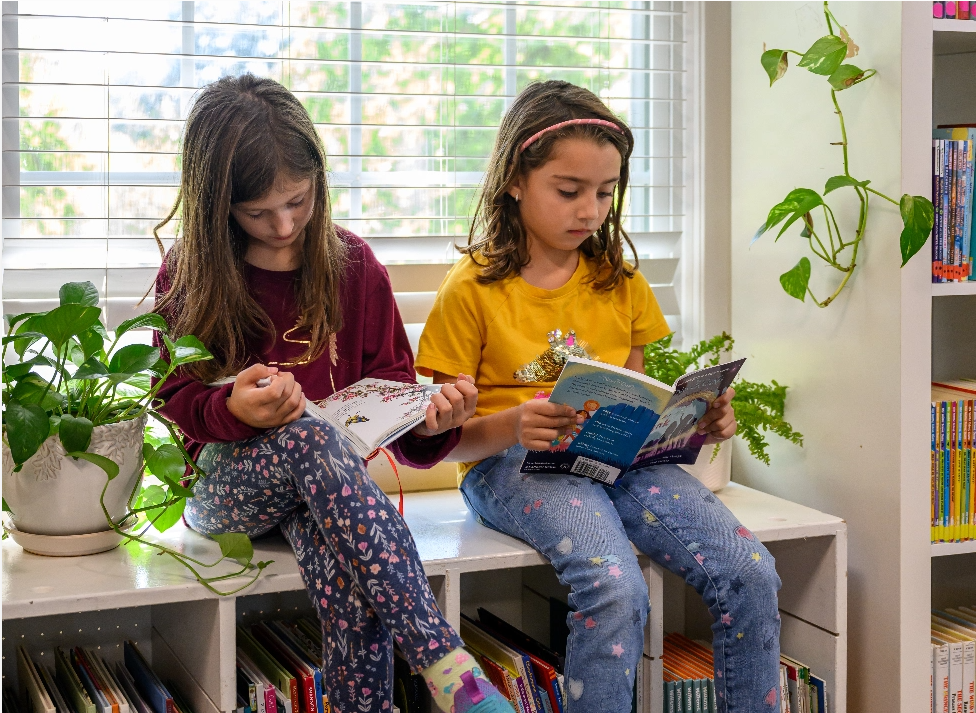
Getting Organized
Having a place for everything, scaled to a child’s needs, means children know where to find what they need and where to put things when they’re done. An ordered environment also reduces distractions, helping children focus on their tasks.
Simplifying Your Home
A simplified home helps your child understand expectations. With support and gentle reminders, even toddlers can return items to their places.
Limit toy choices and use open shelves at your child’s eye level for easy access and tidying. Sort smaller items into trays or baskets. Rotate extra toys to maintain interest and keep the space neat.

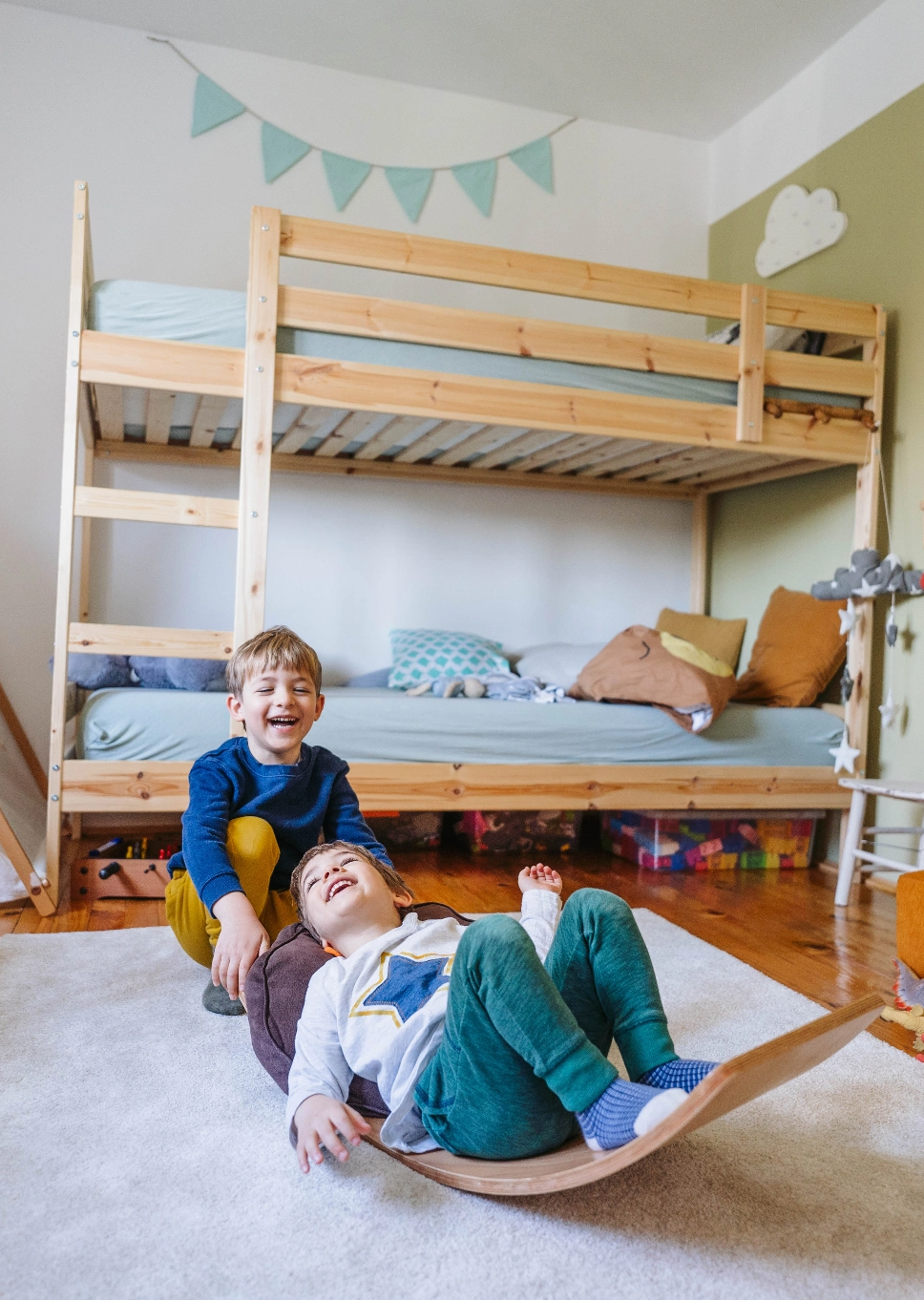
The Bedroom
Children’s bedrooms should be clutter-free with designated areas for rest, self-care, and dressing.
For young children, use child-sized furniture and low-hanging clothes in the closet to encourage independence in clothing choices and tidying.
For older kids, including tweens and teens, ensure the bedroom supports sleeping, playing, and studying, reflecting their personal style. Allow them to choose decor and manage their space, reinforcing organization and pride. A clutter-free workspace is essential for focused reading and homework.
The Kitchen
Welcoming young children into the kitchen is a great way to support their independence. Store groceries on low shelves so they can choose and replace items easily, and place a stool near the countertop to encourage their help with washing dishes and food prep. If space allows, use child-sized tables and chairs for meal preparation, snacks, and clean-up. Opt for appropriately sized, real kitchen utensils rather than plastic toys to teach proper use and boost confidence. As children grow, adapt the environment to support their independence. Including them in daily activities from the start sets expectations and fosters their growing autonomy.
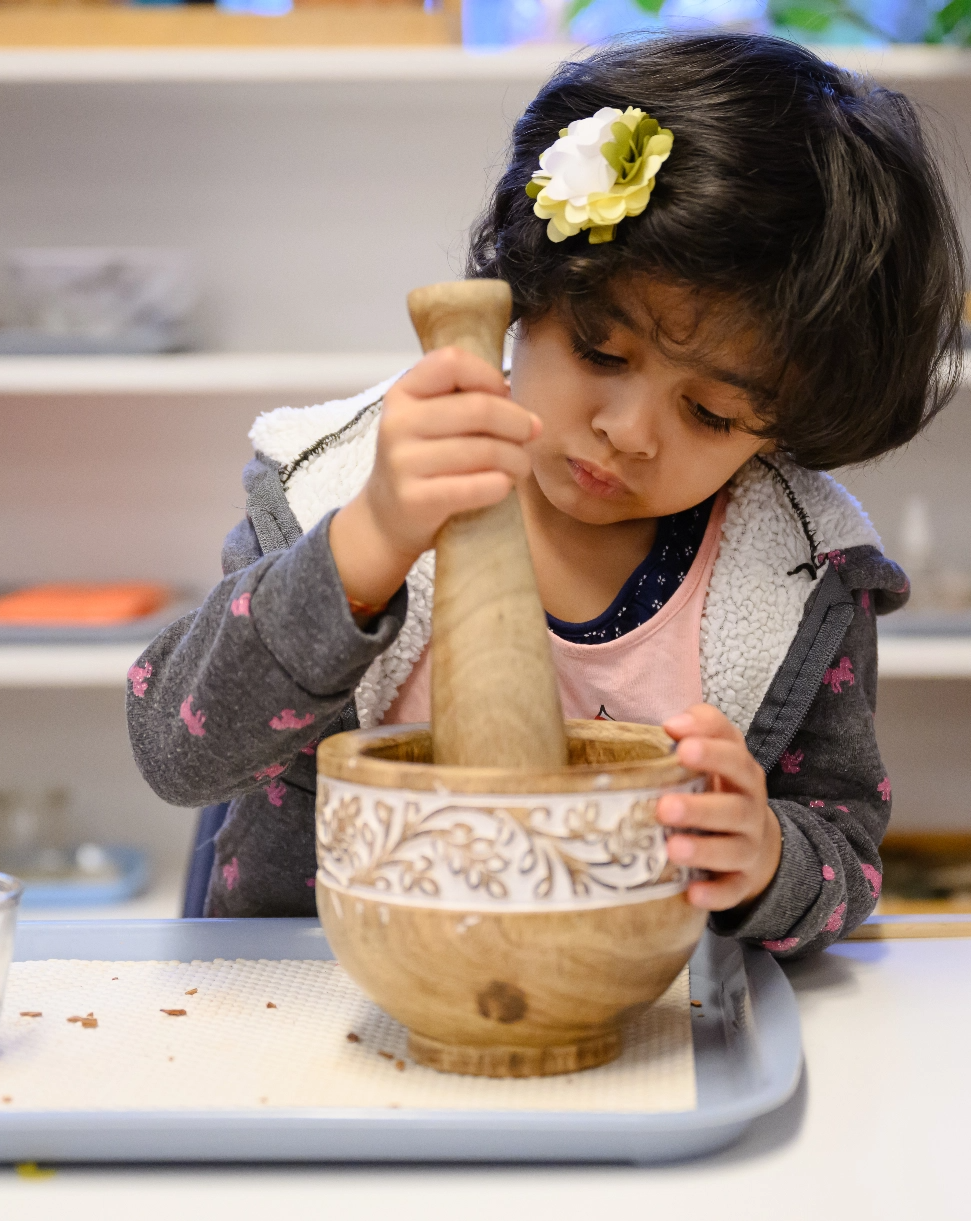
Connect with us.
@americanmontessori
